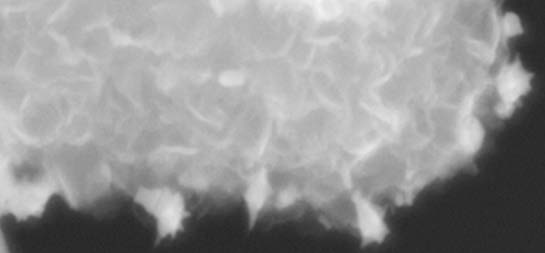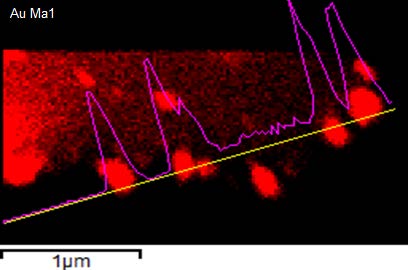Tech Briefs
Savannah River National Laboratory
Determining Solute Distribution Coefficient with a Hybrid Raman Sensor-Ion Exchanged Material
Researchers at the Savannah River National Laboratory (SRNL) have developed a technique to measure radioactivity in waste solutions.
Background
Almost all nuclear operations use sorption technology to reduce waste volume or to recover key valuable elements or isotopes. Current methods for determining actinide and strontium sorption on ion exchanged materials are laborious and operationally complex. The following method is not prone to the uncertainties of sampling and handling that are associated with the traditional method. The Savannah River Site uses inorganic ion-exchange materials for removing radioactive elements from waste solutions. The treatment process mixes the ion-exchange material, monosodium titanate (MST) with the waste solutions. After mixing for about 8 hours, a sample of the mixture is removed and the solids are separated from the waste solution by filtration. To determine the remaining radioactivity in the waste solution, the filtrate is further processed and analyzed by various radioanalytical techniques. The time required to complete the sample and analyses can take several hours to days.



At a glance
- Does not generate additional waste
- Minimizes radiation exposures
- Reduced process time
- Reduces statistical noise in data
- Cost effective
- Patent applied for
How it Works
SRNL scientists have developed a technique that can determine the radioactivity remaining in the solution directly. The performance of the MST can be measured in a matter of several minutes. The technique uses Raman spectroscopy to measure the concentration of the sorbate in solution and sorbed onto the MST solids. Another key advantage of this method is reduced radiation exposure experienced by the workers that take the sample, prepare the sample for analysis and dispose of the sample after the analytical measurement.
Stage of Development
This technology is in early stage research and development with ongoing testing and experimentation underway. Early tests have been demonstrated with actinides and strontium with an inorganic exchange sorbent (MST). Research is ongoing to expand the utility of this concept relative to other industries. Other industries that use sorption and may be applicable include mining, paper, wastewater and potable water treatment, along with some petrochemical companies.
A patent has been filed with the U. S. Patent and Trademark Office.
Partnering Opportunities
SRNL invites interested companies with proven capabilities in this area of expertise to develop commercial applications for this process under a cooperative research and development agreement (CRADA) or licensing agreement. Interested companies will be requested to submit a business plan setting forth company qualifications, strategies, activities, and milestones for commercializing this invention. Qualifications should include past experience at bringing similar products to market, reasonable schedule for product launch, sufficient manufacturing capacity, established distribution networks, and evidence of sufficient financial resources for product development and launch.
Download Tech Brief
Contact Information
Savannah River National Laboratory
E-mail: partnerships@srnl.doe.gov